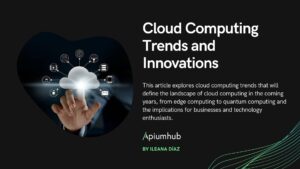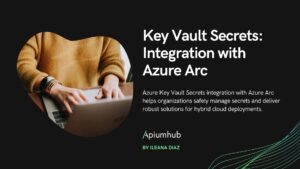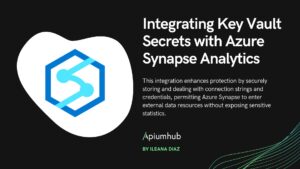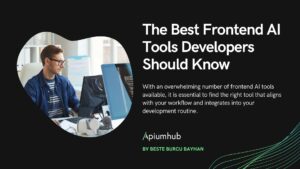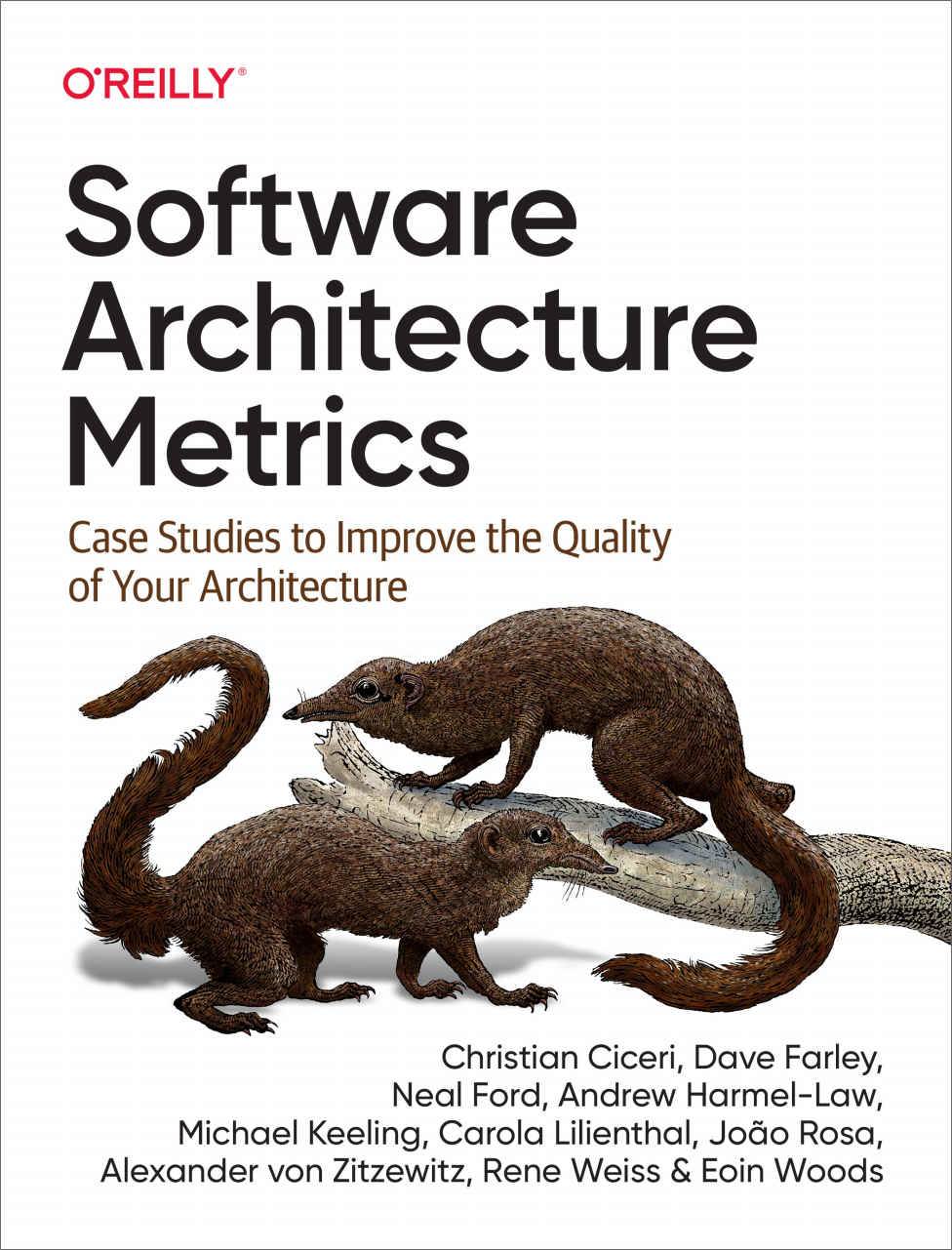Table of Contents
Over the last decade, Infrastructure as Code (IaC) has established itself as one of the fundamental practices of the DevOps movement. Thanks to it, teams have been able to manage increasingly complex environments by applying the same practices as in software development: versioning, repeatability, collaboration, and security.
At Apiumhub, we have seen how Infrastructure as Code integrates naturally into CI/CD pipelines, making it easier for projects of different sizes to maintain a single source of truth about the infrastructure.
However, the sector is now facing a new disruption: the application of Artificial Intelligence to the infrastructure lifecycle. Concepts such as Prompt-to-Cloud, AIOps, and guardrails are beginning to open the door to a future where describing in natural language, optimizing costs in real time, and automatically validating regulations will no longer be science fiction.
This article traces the evolution of Infrastructure as Code, its current benefits, and the future that is already beginning to take shape with AI.
From Console to Code: The Evolution of Infrastructure as Code
ClickOps: the Stone Age
In the 2000s, infrastructure was managed manually using graphical tools and isolated bash scripts. It was the era of ClickOps: no versioning, no repeatability, and a high percentage of human error. Deploying consistent environments was nearly impossible, and scaling systems became a constant pain.
ImperativeOps: the power of scripts
With the popularization of technologies such as Ansible, Chef, and Vagrant, automation leaped forward. Teams began reusing scripts and integrating them into CI/CD pipelines. However, the model was still imperative: the exact steps to achieve the desired state had to be detailed. Idempotence was not always guaranteed, and complexity grew with each new service.
GitOps and the declarative model
The significant revolution occurred between 2015 and 2020, marked by the introduction of tools such as Terraform, Kubernetes, Pulumi, and AWS CDK. The declarative model made it possible to describe the what (desired end state) rather than the how. Infrastructure became versioned, repeatable, and idempotent, with Git as the source of truth. This approach drove collaboration between teams and established Infrastructure as Code as standard practice.
Benefits of Infrastructure as Code in Real Projects
Consistency and repeatability
With Infrastructure as Code, environments are always deployed in the same way. This eliminates “environment drift,” i.e., invisible differences between environments that generate bugs that are difficult to reproduce.
Security and transparency
Every change is recorded in the repository. This facilitates audits, reviews, and security checks in the code itself, allowing shift-left security principles and a SecOps culture to be applied.
Cost management
With tools such as Infracost, it is possible to understand the economic impact of a deployment before implementing it. This aligns with FinOps practices, integrating cost optimization into the development cycle.
Collaboration and alignment
By treating infrastructure as a software asset, development, operations, and security teams collaborate in a single workflow, reducing organizational friction and providing transparency and collaboration to development teams.
The future: AI-powered Infrastructure as Code
Infrastructure as Code was a huge leap toward consistency and automation. Now, with the emergence of artificial intelligence, we are facing the next wave of evolution: AI-assisted IaC.
Prompt-to-Cloud
The natural evolution points to describing infrastructure in natural language and having AI generate the corresponding IaC code. This will reduce the learning curve, accelerate prototyping, and democratize access to advanced infrastructure practices.
AIOps and autonomous agents
AI will enable a shift from reactive management to predictive and prescriptive operations. Autonomous agents will be able to observe, predict failures, and execute changes in real time, reducing incidents and optimizing resources without human intervention.
Generative compliance
AI will be able to automatically validate that any deployment complies with security and compliance regulations. This will be integrated into CI/CD pipelines, reducing regulatory risks and increasing confidence in deployments.
Guardrails: Setting Limits on AI
However, not all that glitters is gold; the power of AI also brings new risks, including hallucinations, unexpected costs, and insecure configurations. Furthermore, LLMs and many AI models are inherently non-deterministic, which represents a radical change from the world of Infrastructure as Code, where we have always relied on consistency, reproducibility, and security in every deployment. This loss of control forces us to reinforce our processes with systems governed by guardrails:
- OPA (Open Policy Agent): unbreakable rules that ensure any generated code complies with corporate policies.
- Integrated FinOps: calculate costs before executing Terraform or Pulumi plans, avoiding budget surprises.
- MCP (Model Context Protocol) and RAG (Retrieval Augmented Generation): reduce model hallucinations and ensure that AI accesses reliable and up-to-date sources.
Taken together, these mechanisms do not eliminate the non-deterministic nature of AI, but they do provide a security framework that allows us to take advantage of it without sacrificing the operational confidence that IaC has always offered.
Conclusion
Infrastructure as Code has come a long way: from the manual console to the declarative model versioned in Git. It has enabled teams around the world to manage increasingly complex infrastructures with consistency, security, and efficiency.
Today, we find ourselves on the threshold of a new era. Artificial Intelligence promises to transform infrastructure operations into something even more accessible and powerful, where autonomous agents manage operations, compliance is automatic, and cost optimization occurs in real time.
The big question is: are we ready to let AI execute a Terraform apply without human intervention? The answer will determine the speed of adoption in this new era. What is clear is that the combination of IaC + AI will redefine the way we build, deploy, and govern cloud infrastructure.
